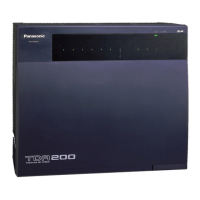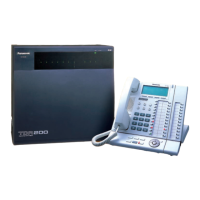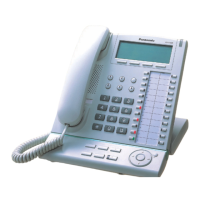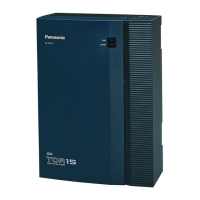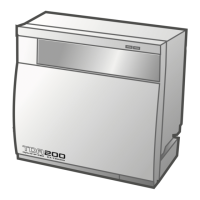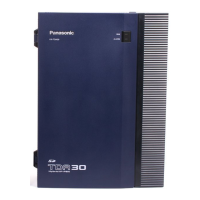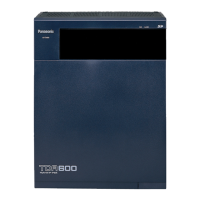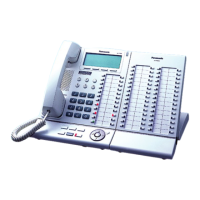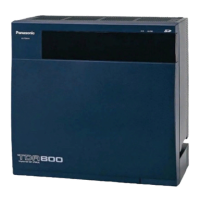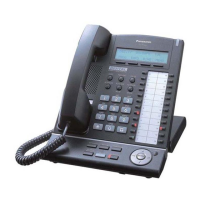2.3 System Data Control
2.3.1 PC Programming
Description
This PBX can be programmed and administered using a PC. There are two programming methods:
1. On-site Programming: System programming/diagnosis can be performed locally by connecting a PC to
the PBX directly.
2. Remote Programming: System programming/diagnosis and data upload can be performed from a remote
location.
1. On-site Programming:
Method
Description
Using the Serial Interface
(RS-232C) port
The PBX has a Serial Interface (RS-232C) port which can be used
for either system administration or SMDR (® 1.26.1 Station
Message Detail Recording (SMDR)).
Using the USB port The PC is connected to the USB port of the PBX, or a USB port (USB
Module) attached to a DPT.
Using the LAN interface A CTI-LINK card must be installed.
Using a modem through
an SLT port
*1
An RMT card must be installed. Assign the floating extension number
of the analogue remote maintenance (default: 599), and dial this
number from the PC to connect to the PBX.
Using an ISDN TA
interface (64 kbps)
through an ISDN
Extension Line
*1
Assign the floating extension number of the ISDN remote
maintenance (default: 699), and dial this number from the PC to
connect to the PBX. The RMT card is not required for this method.
This method is available only when a user-supplied ISDN TA that
supports CAPI is used.
*1
If remote access is disabled through system programming, then this on site programming cannot be done.
2. Remote Programming:
Method
Description
Using a modem (RMT card) An RMT card must be installed. The floating extension number of
the analogue remote maintenance must be assigned (default: 599).
PC programming, using a telephone connected in parallel with the
modem, can be done in the following ways:
• Direct Access
Dial the DIL/DID/DDI number whose destination is the floating
extension number of the analogue remote maintenance.
• Through DISA
Dial the floating extension number of the analogue remote
maintenance using the DISA feature. (® 1.17.6 Direct Inward
System Access (DISA))
• Call Transfer
Call an extension (probably the operator), and request a transfer
to the floating extension number of the analogue remote
maintenance. (® 1.12.1 Call Transfer)
386 Feature Guide
2.3.1 PC Programming
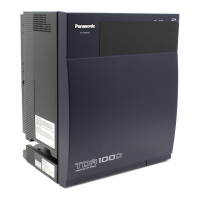
